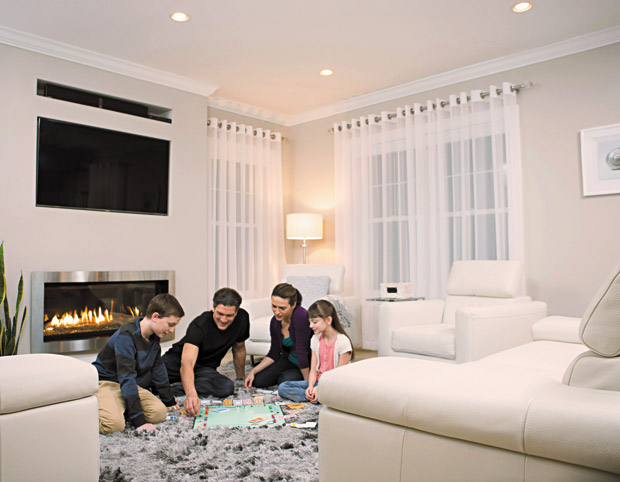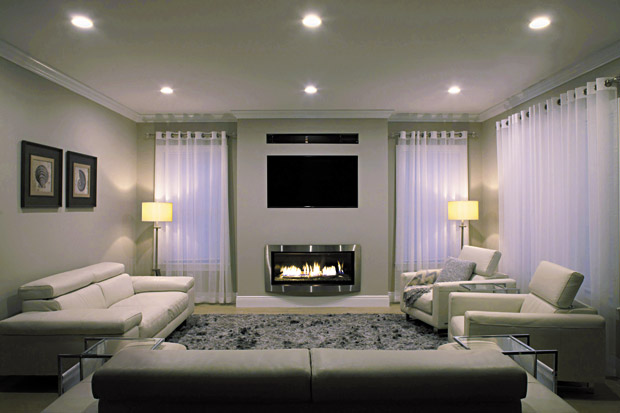Busting myths about LED bulbs
Light-emitting diode (LED) light bulbs have transformed home lighting since coming on the market. Despite proven benefits that far outweigh older lighting options, like incandescent and compact fluorescent light (CFL) bulbs, many people remain hesitant to make the switch.
It’s time to finally dispel some common LED myths and get the real facts about these light bulbs so you can choose the best lighting for your home.
Myth: LED light bulbs aren’t worth the cost.
Fact: LED light bulbs are now only a few dollars more than ordinary light bulbs; significant research and development from manufacturers like Philips Lighting has made LED light bulbs more affordable.
Although the initial cost of an LED may be slightly higher than an incandescent light bulb, making the switch to LED lighting provides significant long-term savings. For example, the Philips A19 LED with a warm glow dimming effect has an average lifetime of 25,000 hours. This means if you have a light bulb on for three hours per day, then it will be 20 years before you need to change it.
Plus, LEDs use up to 90 percent less energy than ordinary light bulbs; replacing incandescent bulbs with LED lighting will reduce your energy bill.
Myth: LED light bulbs are not bright enough.
Fact: LEDs can emit the same amount of light as incandescent bulbs while using far less energy. Many consumers look at the wattage of a light bulb to determine its level of brightness, but wattage only measures how much energy a bulb uses.
Light levels are measured in lumens. When you compare lumens, a 9.5-watt Philips LED bulb with a warm glow effect is as bright as a 60-watt incandescent bulb — both emit approximately 800 lumens.
Myth: LED light bulbs need time to warm up.
Fact: It’s a big misunderstanding that LED bulbs need time to warm up before they reach full brightness. While fluorescent or CFL bulbs come on slowly, LEDs are “instantly on” and immediately shine with their full light output.
Myth: LED lighting can’t be controlled and dimmed.
Fact: Unlike many CFL bulbs, most LED light bulbs are designed to easily dim. Dimmable LEDs can provide the right lighting for any mood or room in your home. For instance, the warm glow dimmable light effect in the Philips A19 LED allows light levels to gradually go from everyday functional lighting to a cozy, relaxing warm glow, replicating the effect of an incandescent bulb when dimmed.
Armed with the aforementioned facts, you should feel confident that switching to LED light bulbs will allow you to enjoy hassle-free lighting, see savings in your energy bill and create the right ambiance in your home.
This article is courtesy of Brandpoint.

